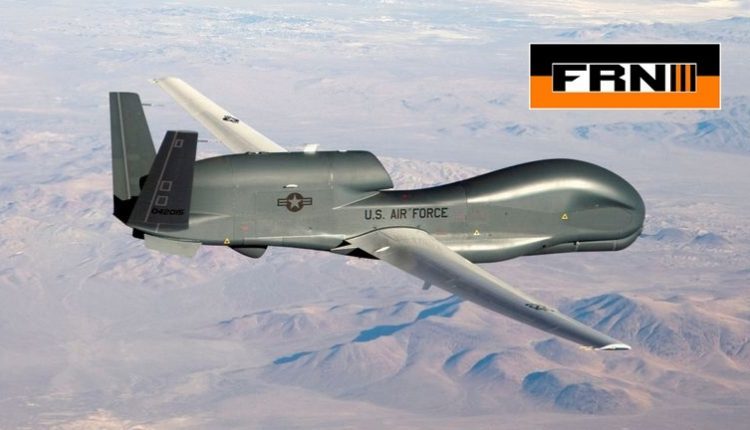On June 20, 2019, Iran's air defense systems intercepted a US Navy spy drone over Iran's territorial waters. The IRGC shot down the US Navy's Northrop Grumman MQ4-C Triton drone that had entered Iranian airspace in the Gulf of Oman to gather intelligence on June 20, using Sevvom Khordad surface-to-air missile system, which bears a strong resemblance to the Russian Buk M2EK."Americans should draw a redline for using this drone against Iran because we are now familiar with all its codes and frequencies; meaning that we can deactivate it not from a 100km distance, but from thousands of kilometers, away from Tehran," General Hajizadeh said last Thursday night on the sidelines of unveiling the new retrieved parts of the MQ4 Triton which was downed by the IRGC back in June 2019.
"We have the biggest collection of drones in the world. We lacked Triton, that was added to the collection. And we will certainly target any other drone that would violate Iran's territory," the IRGC Aerospace Force commander added.
He noted that the MQ4 drone is invaluable, and said, "Each device that you see here is a treasure for us as they provide valuable information and we will use this information."
The United States had confirmed that one of its reconnaissance planes was shot down by Iranian air defenses but denied that it intruded into Tehran's airspace at the time. General Hajizadeh said that his forces could have also shot down a US P8 aircraft with 35 onboard which was violating Iran's airspace, but decided to shoot down the drone to only send a message to Washington.
General Hajizadeh also stressed on June 22 that Iran was not after war but was fully ready to defend itself, adding that the fate of the downed US spy drone was waiting for any intruding flying object."We intended to send a message to American terrorists in the region," General Hajizadeh said on June 21, adding that his forces had also traced a military P8 aircraft violating the airspace of Iran.
"Along with the American drone was an American P8 aircraft with 35 onboard, and it was also violating our airspace and we could have downed it too," he said, adding, "But we did not do (shoot down) it, because our aim was to warn the terrorist forces of the US."
Meanwhile, IRGC Commander Major General Hossein Salami stressed that the move should alert Washington officials to stay away. The incident sent "a clear message to the US and other enemies that Iran will show a firm and crushing response to any aggression", he stated."Our response to anything trespassing Iranian territory is like this, and if such acts of aggression are repeated, our response will also be the same," General Hajizadeh said.
"We don't embrace war but we are ready to fully defend the country," he said.
"We possess a collection of US drones which is proof that the US has violated Iran's airspace and shows that they don't want to respect the international law," General Hajizadeh said.
"If such aggression is repeated, we will add other US (military) products to complete this collection," he noted.
"The US measure was in violation of international law and we acted according to our legitimate responsibility," General Hajizadeh said, adding, "It is possible that a US general or some operators were behind this American aggression, we don't know that. But that measure (intruding into Iranian airspace) is a violation of international aviation rules by a spy drone which then received our natural response."
"Borders are our red lines and any enemy which violates them will not go back home and will be annihilated. The only way for enemies is to respect Iran's territorial integrity and national interests," the general noted.




President Camacho would be proud. Keep at it merica.